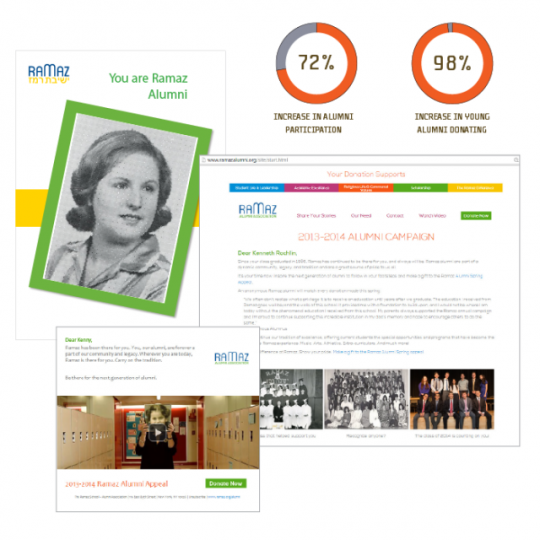Over the last few weeks we’ve talked a lot about different ways non-profits can maximize their fundraising communications. You’d think that the subject could be exhausted, but as any good development professional knows the work is never done. Even once you’ve played around with new techniques like integrated personalized communications, you still need to study the results and fine-tune your approach for the next touch.
Some time ago while perusing a well-known non-profit fundraising blog, we stumbled onto an article about unifying storytelling and strategy in an appeal e-mail. The author cited elements of the communication that really made it stand out, so today we’re doing the same thing. So now that you know a bit more about ways to personalize, secure your donors, strategically listen and talk to new or repeat donors, it’s time to put all of these plans into action. To help push you a little further, we’re going to comb through the details of a successful fundraising campaign that we worked on in hopes of getting you closer to where you want to be.
Case in Point: Ramaz’s Alumni Engagement Campaign
We were tasked with increasing alumni participation in the Ramaz School’s annual fund. This is one of my favorite projects because it was so multi-dimensional that it makes you feel compelled to donate even if you aren’t an alum! The campaign—which utilized direct mail, e-mail, video, pURLS and analytics—resulted in a 72% increase in overall alumni participation, and 98% lift for young alumni!
But what made it work?
It was deeply personal.
This innovative campaign really tugged on the heartstrings of its recipients. As you can see from the image above, alumni received digital and printed materials that were personalized with their yearbook and class photos and within the written communication. Nostalgia is a powerful force, and Ramaz used it to their advantage. The school’s alumni were reminded of a special time directly connected to their life at Ramaz.
Video brought the message to life.
Videos can be the pulse of a fundraising campaign. Just look at anyone doing crowdfunding to raise some dollars. Typically, the videos we see are very organization-centric; focusing on a specific program or even staff members. The video went out via e-mail, and again worked to transport viewers back to their time at the school allowing them to recall the impact Ramaz had on them.
The story was donor-centric and connected them to a legacy.
Meaningful stories of impact always go a lot farther than a simple recap of what happened. In both digital and printed communications, recipients were reminded of Ramaz’s vision as well as how alumni are forever built into the school’s legacy. The message was clear: the school helped shape the student, the students’ contributions help the school, and therefore contributing alumni are making an impact on current students. This is a story about people helping people, with the focus on those on the receiving end. The school’s commitment to engagement was made clear and much emphasis was placed on the importance of fostering a community, both during school time and for long after.
__
So what can we learn from this?
Taking the time to really get to know your donors is crucial. If you can segment your donor data into groups and determine what type of communication they should receive and how it’ll be personalized to increase appeal and engagement, you’ll see significant lift. Think of it this way: Don’t just spend a certain amount of money on a letter campaign that goes to everyone in your list but might only resonate with say, half of the recipients. You’re wasting money trying to raise money because the right message isn’t getting in front of the right person. That’s a frustrating place to be.
Don’t be reactionary. Be strategic and take your time! Figure out what will make your donors excited to hear from you, not quick to forward that letter straight to the wastepaper basket.
Like what you see? Stay in touch.





You Might Also Enjoy:
+ Kicking Your Fundraising Into High Gear
+ 1:1 Marketing Tactics for E-mail
+ When Talking to Donors, There’s Always Room for a Story








